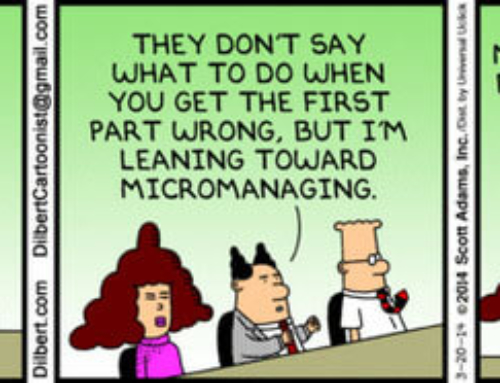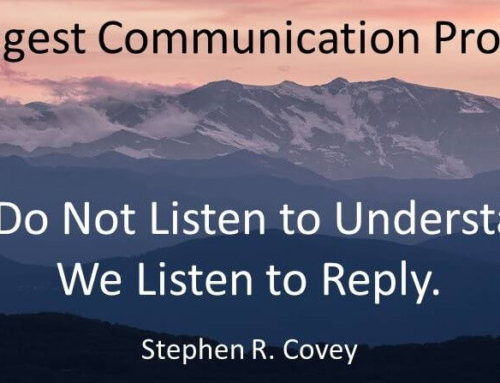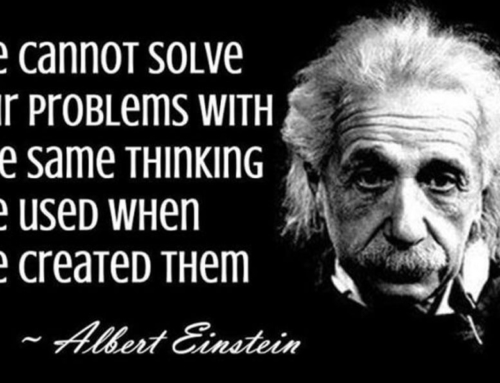
Many factors contribute to being successful in business. Having a sound strategy, having a marketable product or service, and having efficient processes are all important. And in our first two parts of this series on the 5 Pillars to Business Success, we demonstrated how Its People Who Drive Business Success — because it falls to the people within the organization to actually execute on the strategies, plans, and processes to make a business successful – and how Communications Can Fuel Business Success because communicating well with our team translates into engagement, and engagement translates into improved productivity.
Our discussion today centers on the customer. The customer is the essential ingredient in business. Without the customer, you have no one to sell your product or service to. Without understanding the customer, you have no way of knowing what product or service you should deliver.
As Henry Ford so aptly said a long time ago, and it’s still true today, “It is not the employer who pays the wages. Employers only handle the money. It is the customer who pays the wages.”

Because customers are the first and most important group in your business that “feel” the impact of the changes you make, it is important to listen to them, hear what they are saying, and take the appropriate measures to ensure they are served with excellence. This brings us to the discussion of customer service and what it means. It is an attitude with “service” as the operative word. It’s not just about helping customers, but doing so with heart and energy. It’s about listening to and understanding concerns. It’s about being solution-oriented, even if you don’t have an answer, you’ll find out and communicate possible solutions back to the customer. It’s also about teamwork within the organization to make sure service gets delivered to each customer.

Because quality is related to the value that a customer gets out of your product or service, you must know their expectations and how they measure value. Otherwise, you’re operating off a poor list of assumptions and may be heading in the wrong direction.
If you have experience customer erosion or churn, investigate it. Sometimes customers leave for various reasons not related to the quality of your product or service. For example, customers may leave because they received a cheaper price, but may come back because the cost of poor quality is too high. But what if they left because the cost of poor quality that you deliver isn’t sustainable for them? Whatever the reason, you need to know so you can take informed action.
Most importantly, the focus on the customer and delivering customer-centric service must be at the heart of everything and everyone in the organization. If it isn’t ingrained in the fabric of the culture, then it is difficult to retain for the long-term customers that your sales team has won.







Leave A Comment